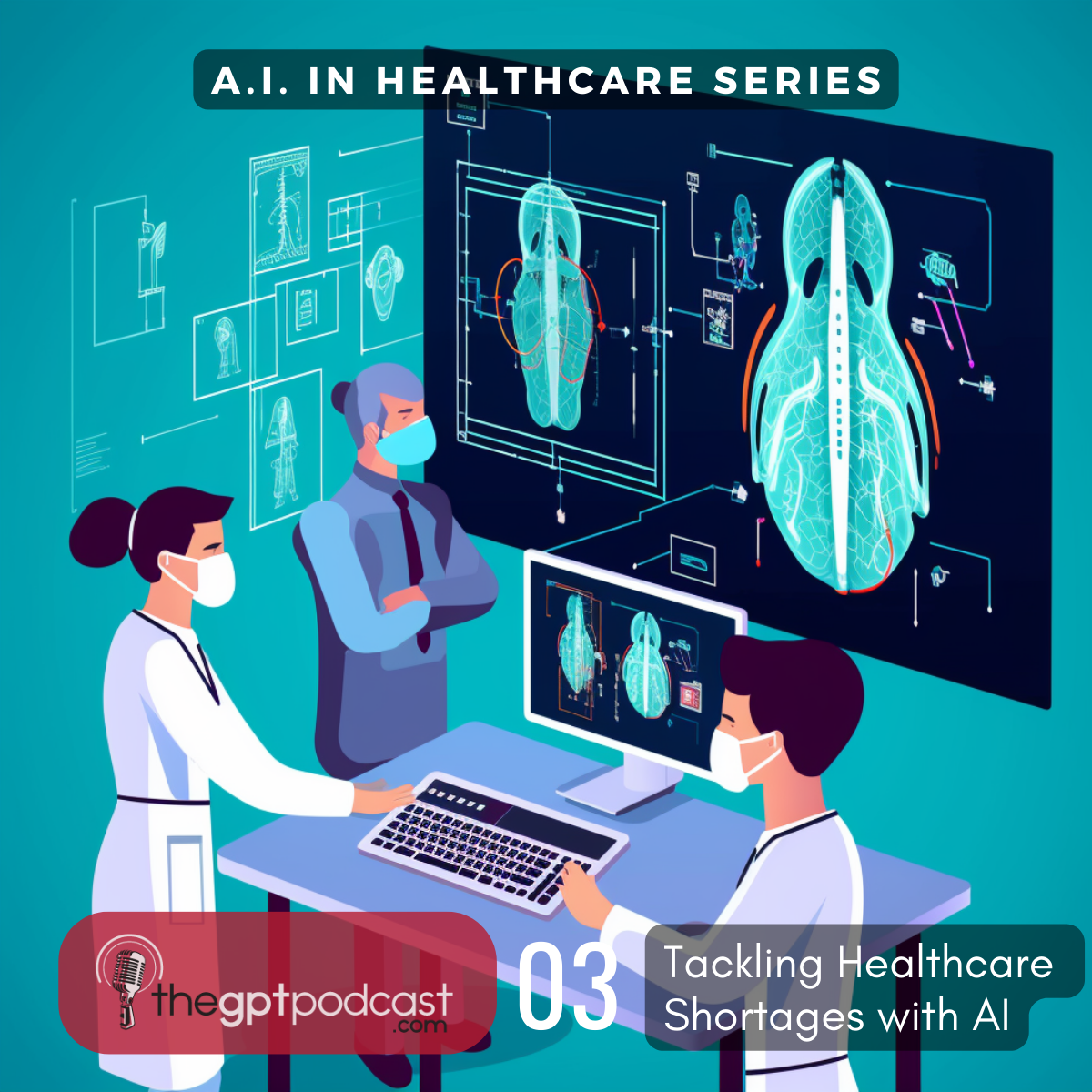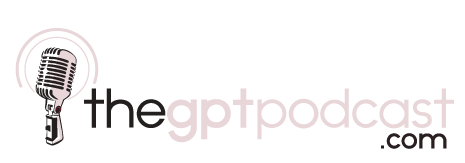Addressing Physician and Nursing Shortages with AI
Dive into how AI tackles the US healthcare crisis from physician & nursing shortages 🚑🤖 Discover innovative solutions & their impact! #AIinHealthcare #HealthcareCrisis

The United States is facing a significant health care crisis due to physician and nursing shortages, with projections indicating the need for over one million new registered nurses by 2022 and a shortage of up to 139,000 physicians by 2033. In a recent episode of the GPT Podcast's AI in Healthcare Series, hosts Harvey and Brooks discussed the contributing factors to these shortages and explored how artificial intelligence (AI) can play a pivotal role in addressing them.
Contributing Factors to Health Care Shortages
During their conversation, Harvey and Brooks identified several factors contributing to the growing shortages of physicians and nurses in the United States:
- An aging population: The demand for health care services is increasing due to a rapidly aging population, putting immense pressure on the existing health care workforce.
- An aging health care workforce: Many physicians and nurses are nearing retirement age, reducing the number of available health care providers.
- Insufficient educational capacity: Medical schools, nursing schools, and residency programs struggle to meet the growing demand for new health care professionals.
- Burnout and stress: High levels of stress, long work hours, and increasing administrative burdens contribute to burnout among physicians and nurses, leading some to leave the profession.
- Geographic distribution disparities: Rural and underserved areas often lack health care professionals, as many prefer to practice in urban or suburban settings.
Addressing the Shortages with AI
Harvey and Brooks explored the potential of AI in addressing the physician and nursing shortages through various means:
- Enhanced diagnostic and treatment capabilities: AI-driven algorithms can support health care professionals in diagnosing illnesses and determining appropriate treatments, reducing workload and stress while improving patient outcomes.
- Remote patient monitoring and telehealth: AI-powered systems can help monitor patients remotely, allowing health care professionals to provide care to patients in rural and underserved areas without needing to be physically present.
- Streamlining administrative tasks: AI can help automate time-consuming administrative tasks, allowing health care professionals to focus on patient care and reducing the risk of burnout.
- Predictive analytics for workforce planning: AI-powered predictive analytics can assist health care organizations in identifying workforce gaps and anticipating future staffing needs, enabling more effective recruitment and retention strategies.
- AI-driven medical education and training: AI can create personalized and adaptive learning experiences for medical and nursing students, improving the efficiency of health care education and better preparing students for their future careers.
- Legislation and cultural changes for AI-medical training for a new subclass of health care workers: Creating a new health care worker, like a Healthcare Expert Leveraging Patient-centered Efficient Resource (HELPER), who can be supervised by physicians, physician assistants, and nurse practitioners, and provide patient care at the level of medical assistants but with shorter training periods.
The physician and nursing shortages in the United States pose a significant threat to the nation's health care system. Stakeholders, including the government, health care institutions, and educational organizations, must collaborate and employ a multi-faceted approach to address these challenges effectively. Embracing AI-driven solutions can help mitigate physician and nursing shortages while ensuring that quality care remains accessible. By integrating AI technologies into diagnostics, treatment, telehealth, administration, workforce planning, and medical education, the health care industry can work towards a more sustainable and efficient system that better serves the needs of an aging population.

